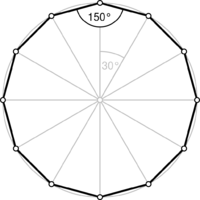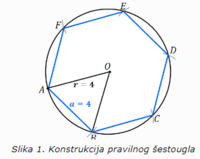Ana.stasia
Junior Member
- Joined
- Sep 28, 2020
- Messages
- 118
I thought that since a regular hexagon consists out of six triangles that have all equal sides that the same would apply to the dodecagon. However while doing this question I realized it was not. Any explanation why a regular hexagon's triangles have all equal sides but regular dodecagon's don't? Why is it called a regular then?




